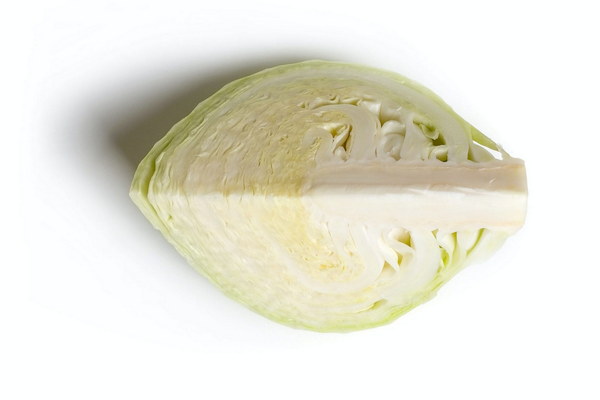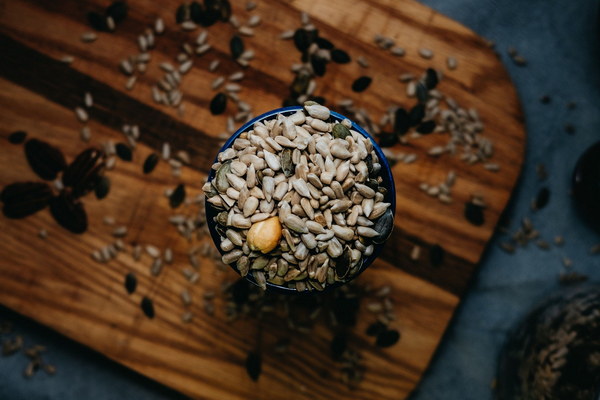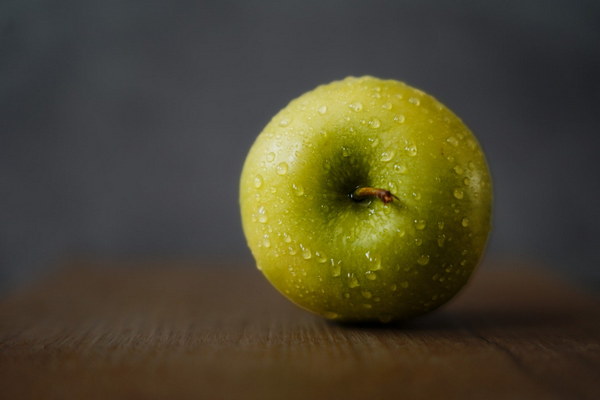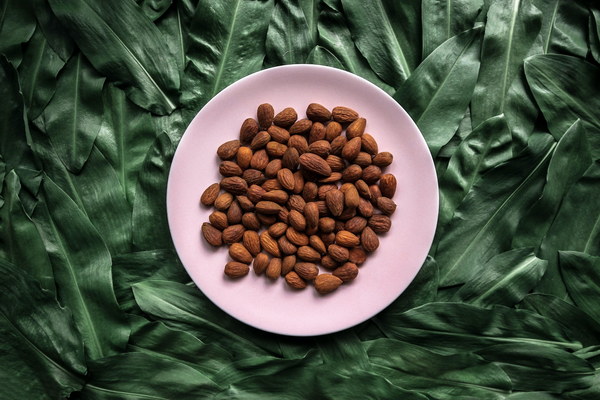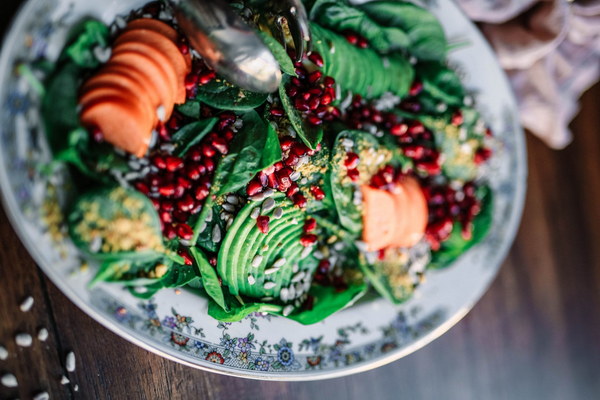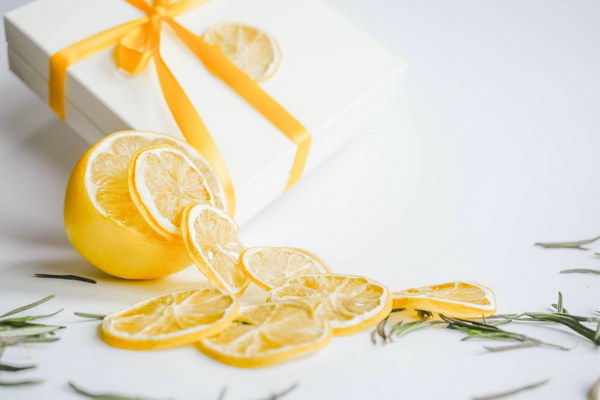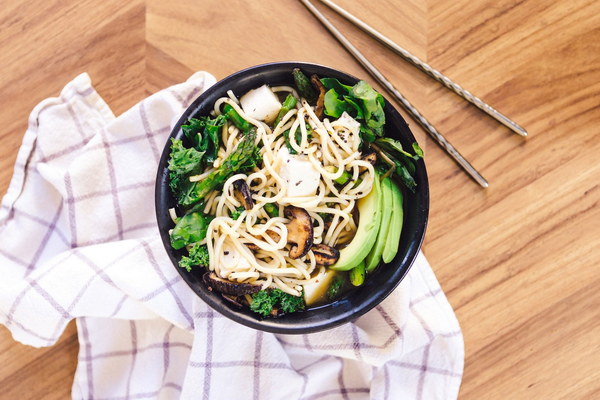Nature's Answer Exploring the Humidity-Relieving Properties of Traditional Chinese Herbs
In the realm of traditional Chinese medicine, the concept of balancing the body's yin and yang is fundamental to health and well-being. One common ailment that affects many people, especially during the hot and humid summer months, is dampness. This condition is characterized by symptoms like fatigue, bloating, and a heavy sensation in the body. To combat this, Chinese herbalists have developed remedies that target the underlying dampness, using a variety of natural herbs. This article explores some of the key humidity-relieving herbs that have been used for centuries.
1. Poria (Fuling)
Poria is a fungus commonly used in Chinese medicine to alleviate dampness. It is believed to help drain dampness from the body, which can reduce symptoms such as edema, heavy limbs, and bloating. This herb is often combined with other ingredients to create a balanced formula that targets the root of the dampness.
2. Atractylodes (Cang Zhu)
Atractylodes is a root herb that is well-known for its dampness-relieving properties. It is used to treat various damp-related conditions, including diarrhea, vomiting, and stomach pain. Atractylodes works by drying dampness in the body and strengthening the spleen, which plays a crucial role in the digestion and absorption of nutrients.
3. Alisma (Ze Xie)
Alisma is another essential herb in Chinese medicine for treating dampness. This aquatic plant has diuretic properties, which help to eliminate excess fluid and reduce swelling. Alisma is often used to treat conditions like edema, jaundice, and urinary tract infections. It is believed to work by draining dampness from the body and promoting healthy fluid balance.
4. Hoelen (Fu Ling)
Hoelen is a fungus that is similar to poria but has its own unique properties. It is used to clear dampness, improve appetite, and enhance digestion. Hoelen is particularly effective in treating damp-heat conditions, such as skin issues, boils, and dampness-related fevers. This herb is often combined with other herbs to create a formula that targets the specific symptoms of the individual.

5. Ledebouriella (Chai Hu)
Ledebouriella, also known as Bupleurum, is a commonly used herb in Chinese medicine to treat dampness and heat. It is believed to help regulate the flow of Qi (vital energy) in the body, which can alleviate symptoms like headache, dizziness, and irritability. Ledebouriella is often used in combination with other herbs to create a balanced formula that addresses both dampness and heat.
These humidity-relieving herbs have been used for centuries in traditional Chinese medicine, and their effectiveness is well-documented. While modern medicine may offer alternative treatments for dampness-related conditions, the natural remedies provided by these herbs offer a holistic approach that addresses the root cause of the problem.
In conclusion, the use of dampness-relieving herbs in Chinese medicine is a testament to the wisdom of ancient healers. By understanding the properties of herbs like poria, atractylodes, alisma, hoelen, and ledebouriella, individuals can seek natural remedies that may help alleviate their symptoms and improve their overall well-being. As always, it is important to consult with a qualified healthcare provider before beginning any new treatment regimen.
